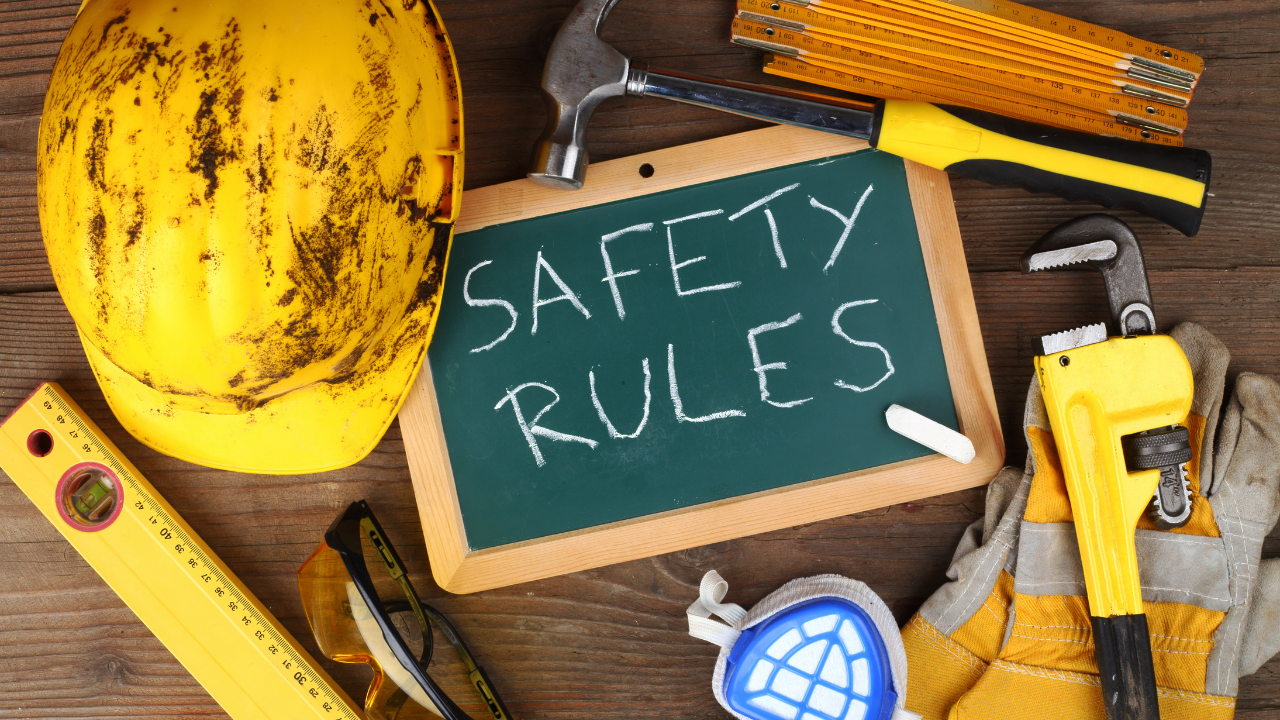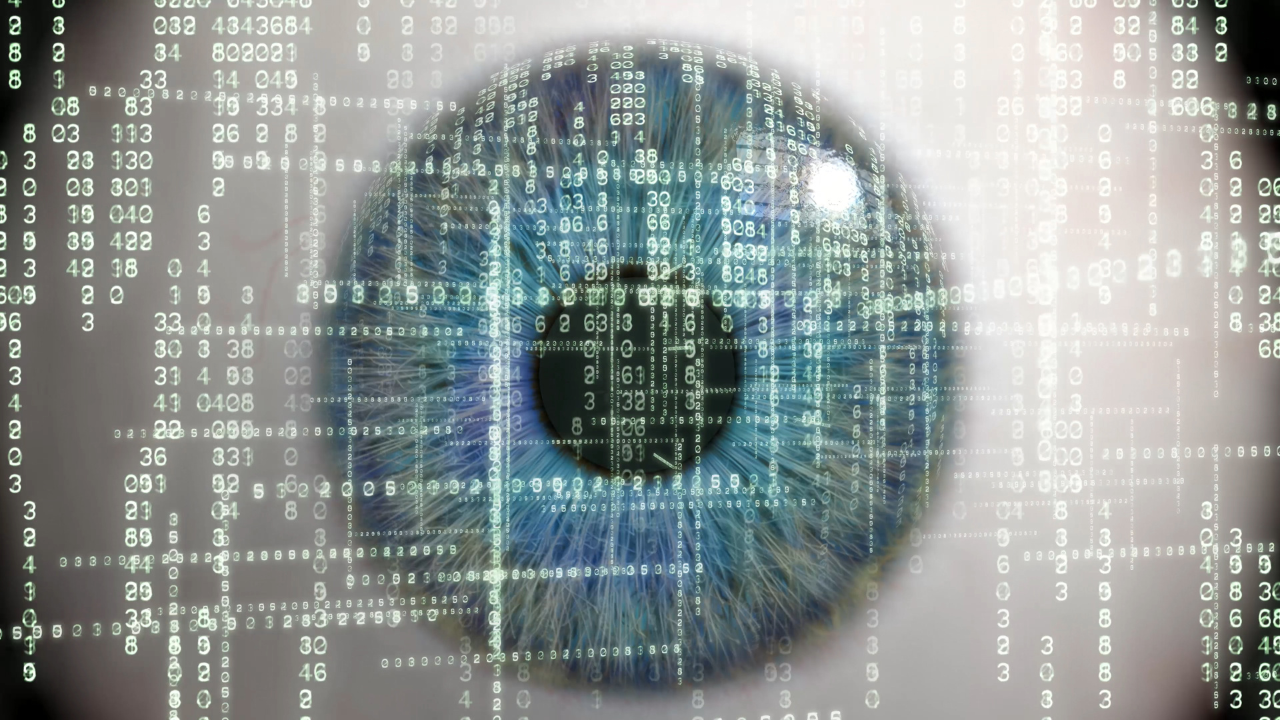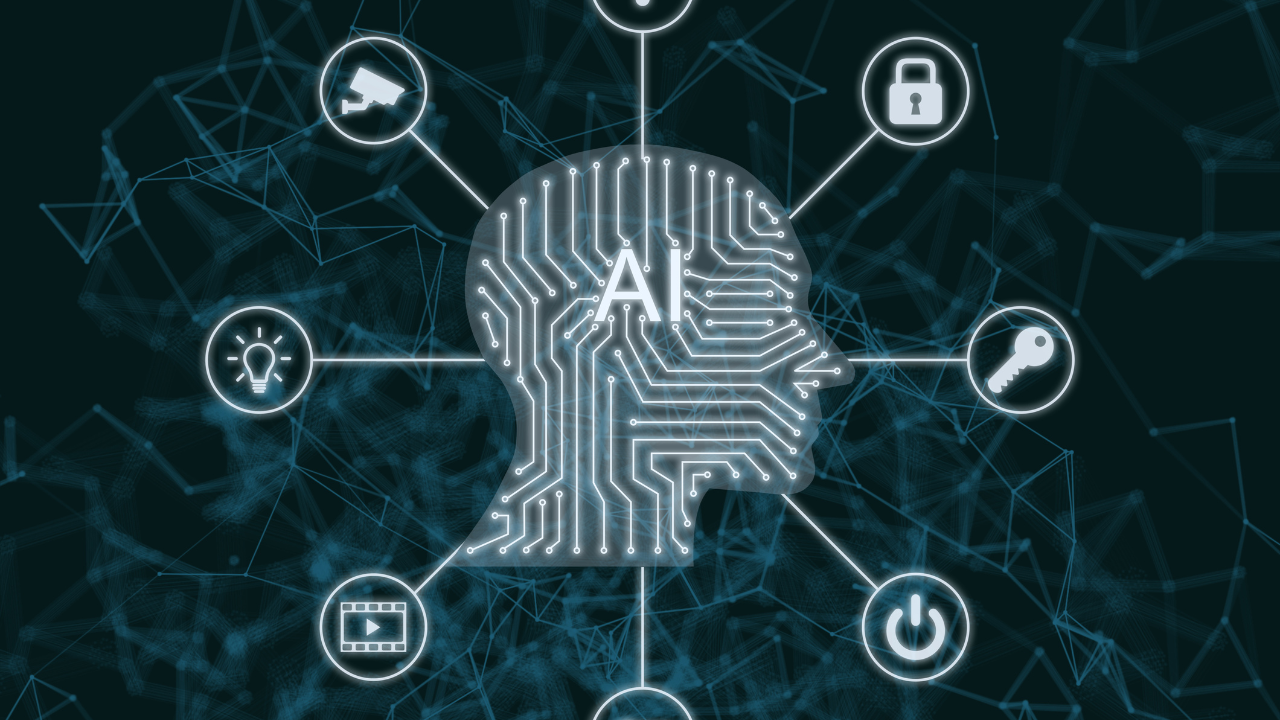



Today, many people are using the internet for work, school, shopping, and fun. But along with the good things, there are also risks. One growing problem is deepfakes. These are fake videos, images, or voice recordings made to look real. This is where Deepfake Detection and Response in Cybersecurity becomes very important.
Let’s understand what deepfakes are, why they are dangerous, and how we can stay safe from them.
What Are Deepfakes?
Deepfakes are fake videos, pictures, or sounds that are made to trick people. For example, someone might make a video that looks like a famous person saying something they never really said. These videos can look very real and are hard to spot.
These fake videos are made using smart computer tools that copy faces, voices, and movements. This is a big problem because they can be used to lie, cheat, or even steal money.
Why Are Deepfakes Dangerous?
Deepfakes can cause big problems. Here are a few ways:
That’s why Deepfake Detection and Response in Cybersecurity is so important for both people and companies.
How Does Deepfake Detection Work?
Now that we know the problem, the next step is stopping it. Let’s look at how Deepfake Detection and Response in Cybersecurity works:
1. Face and Voice Checking Tools
These tools can look at faces and voices in videos to see if they are real or fake. They check small details like eye movement, skin texture, or voice tone to spot deepfakes.
2. Video Frame Checking
Some tools break a video into many frames (like pictures) and study each one. They look for signs that the video has been changed.
3. AI Models Trained to Catch Deepfakes
There are special programs trained to look at thousands of videos. These programs learn what real videos look like and what fake ones look like. This helps them tell the difference quickly.
4. Watermark and Digital Proof
New methods are also being used, like adding a digital stamp to real videos when they are made. If a video has no stamp, it could be fake.
How Do Companies Respond to Deepfakes?
Deepfake Detection and Response in Cybersecurity is not just about finding deepfakes. It's also about acting fast when they are found.
Here are steps companies take:
1. Quick Action Plans
If a fake video or voice message is found, companies must act fast. They remove the fake content and warn others.
2. Training Staff
Companies train workers to spot deepfakes and report them. This helps stop the problem early.
3. Working with Experts
Many companies hire cybersecurity teams to help with deepfake problems. These experts know how to check for fake content and keep the system safe.
4. Using Verified Communication
To stop fake messages or calls, companies use safe apps or password-protected chats for sharing important information.
What Can You Do to Stay Safe?
Everyone can help fight deepfakes. Here’s what you can do:
Think Before You Share: If a video or message seems strange or shocking, check if it's real before sharing.
Use Trusted News Sources: Always check news from real websites. Fake news often spreads through unknown websites or apps.
Report Fake Content: If you find something that looks fake, report it to the website or app.
Use Security Tools: Antivirus software and browser extensions can help block fake or dangerous websites.
The Future of Deepfake Protection
As deepfakes get better, we also need better tools to catch them. Researchers are working every day to improve Deepfake Detection and Response in Cybersecurity.
The good news is that more people and companies are learning about this problem and taking it seriously. Governments are also making new laws to punish people who use deepfakes to harm others.
Disclaimer:
The information provided in this article is for general knowledge and educational purposes only. Myedugoal does not take responsibility for any actions taken based on this content. Readers are advised to verify facts and consult cybersecurity professionals before making any decisions related to security or technology. Myedugoal is not liable for any loss or damage caused by reliance on the information provided here.
#trending #latest #DeepfakeDetection #CybersecurityAwareness #Myedugoal #OnlineSafety #DigitalSecurity #DeepfakeResponse #CyberThreats #StaySafeOnline #TechEducation #InternetSafety

University Internships That Help You Get a Job After Graduation... Read More.

Is It Smarter to Start at a Community College... Read More.
 Fake posts hit Czech PM Fiala's X
Fake posts hit Czech PM Fiala's X
Fake posts disrupt Czech PM Fiala's X account security
 Switzerland Tightens Export Rules
Switzerland Tightens Export Rules
Switzerland expands export controls on dual-use goods
 Google unveils Ironwood AI chip
Google unveils Ironwood AI chip
Google introduces Ironwood chip to accelerate AI tasks & apps
 TSMC Q1 revenue up 42%
TSMC Q1 revenue up 42%
TSMC sees 42% revenue surge in Q1, surpassing forecasts
 Amazon CEO Outlines AI Vision
Amazon CEO Outlines AI Vision
Amazon CEO reveals AI investment plans in new letter
 Osaka Hosts World Expo 2025
Osaka Hosts World Expo 2025
Japan blends tech and culture at Osaka Expo 2025 launch
 A16z Plans Big Bet on AI Startup
A16z Plans Big Bet on AI Startup
A16z may lead huge round in ex-OpenAI CTO’s new AI firm.
© MyEduGoal. All Rights Reserved. Design by markaziasolutions.com